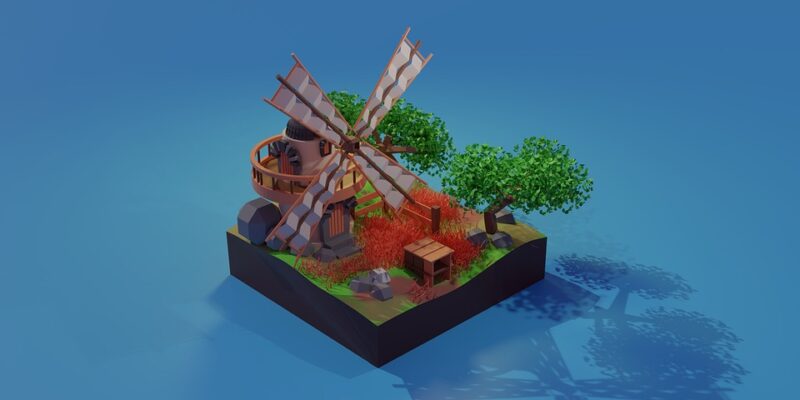Creating Lifelike 3D Characters for Your Game
In the world of gaming, having lifelike 3D characters can make or break a game. Players are drawn to games with realistic and detailed characters that bring the game world to life. Creating lifelike 3D characters can be a challenging process, but with the right techniques and tools, developers can achieve stunning results.
Concept Art and Design
The first step in creating lifelike 3D characters for your game is to start with strong concept art and design. This involves creating sketches and illustrations of the characters, defining their look, personality, and backstory. The concept art serves as a guide for the 3D modeling process, helping artists visualize the final character before diving into the details.
3D Modeling
Once the concept art is finalized, the next step is 3D modeling. This involves creating a digital representation of the character in three dimensions using specialized software such as Maya, Blender, or ZBrush. The modeling process includes shaping the character’s body, clothing, and accessories, paying close attention to details such as wrinkles, textures, and proportions.
Texturing and Shading
Texturing and shading are essential steps in creating lifelike 3D characters. Texturing involves applying detailed textures to the character model, such as skin, hair, and clothing patterns. Shading involves adding realistic lighting effects, shadows, and reflections to enhance the character’s appearance. Both texturing and shading contribute to the overall realism of the character.
Rigging and Animation
Rigging is the process of adding a digital skeleton to the character model, allowing it to move and animate realistically. This involves creating bones, joints, and controls that enable the character to bend, twist, and emote. Once the character is rigged, animators can bring it to life through keyframe animation or motion capture techniques.
Facial Animation and Expressions
Facial animation is a crucial aspect of creating lifelike 3D characters, as it plays a significant role in conveying emotions and personality. Characters with expressive faces can draw players into the game world and create a more immersive experience. Techniques such as blend shapes and morph targets can be used to create realistic facial animations and expressions.
Integration with Game Engine
Once the character is fully modeled, textured, rigged, and animated, it is ready to be integrated into the game engine. This involves importing the character model and animations into the game development environment, setting up physics, collisions, and interactions, and optimizing performance for real-time rendering. The character’s appearance and behavior can be further refined in the game engine to achieve a seamless integration with the game world.
Iterative Process
Creating lifelike 3D characters for your game is an iterative process that requires constant feedback and refinement. Artists and developers should work closely together to review the character’s progress, make adjustments, and polish its look and performance. Testing the character in different environments and lighting conditions can help identify areas for improvement and ensure that it meets the desired level of realism.
Conclusion
In conclusion, creating lifelike 3D characters for your game is a challenging but rewarding endeavor. By following a structured workflow that includes concept art, 3D modeling, texturing, shading, rigging, animation, facial expressions, and integration with the game engine, developers can achieve stunning results that captivate players and enhance the gaming experience. With attention to detail, creativity, and collaboration, developers can bring their game characters to life in ways that engage and immerse players in the game world.
